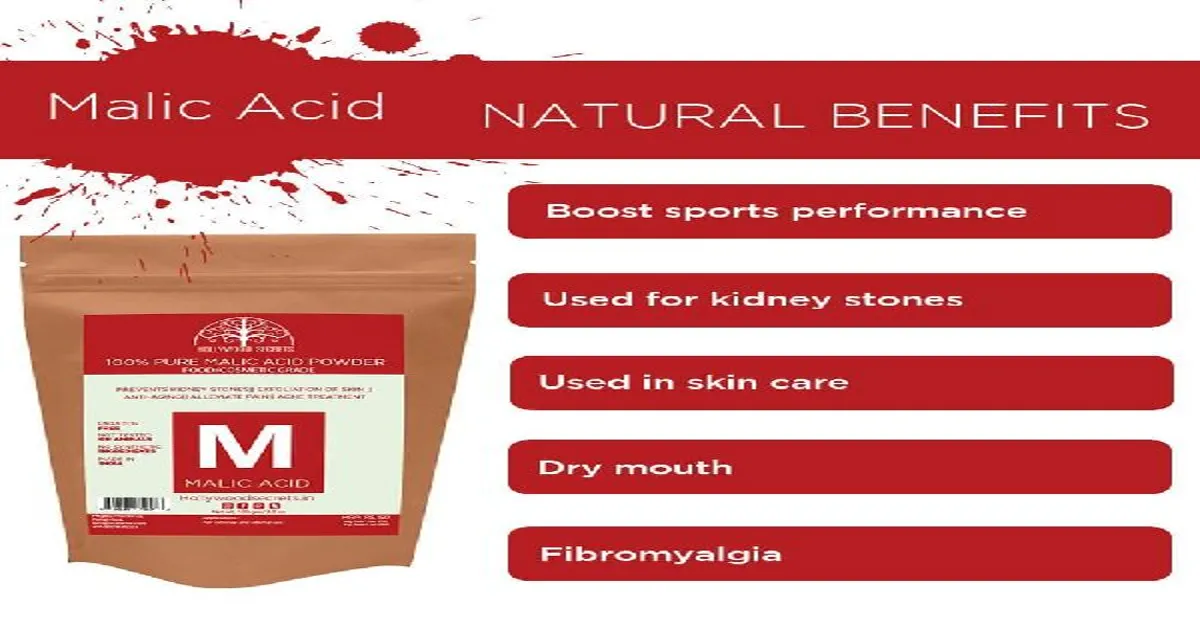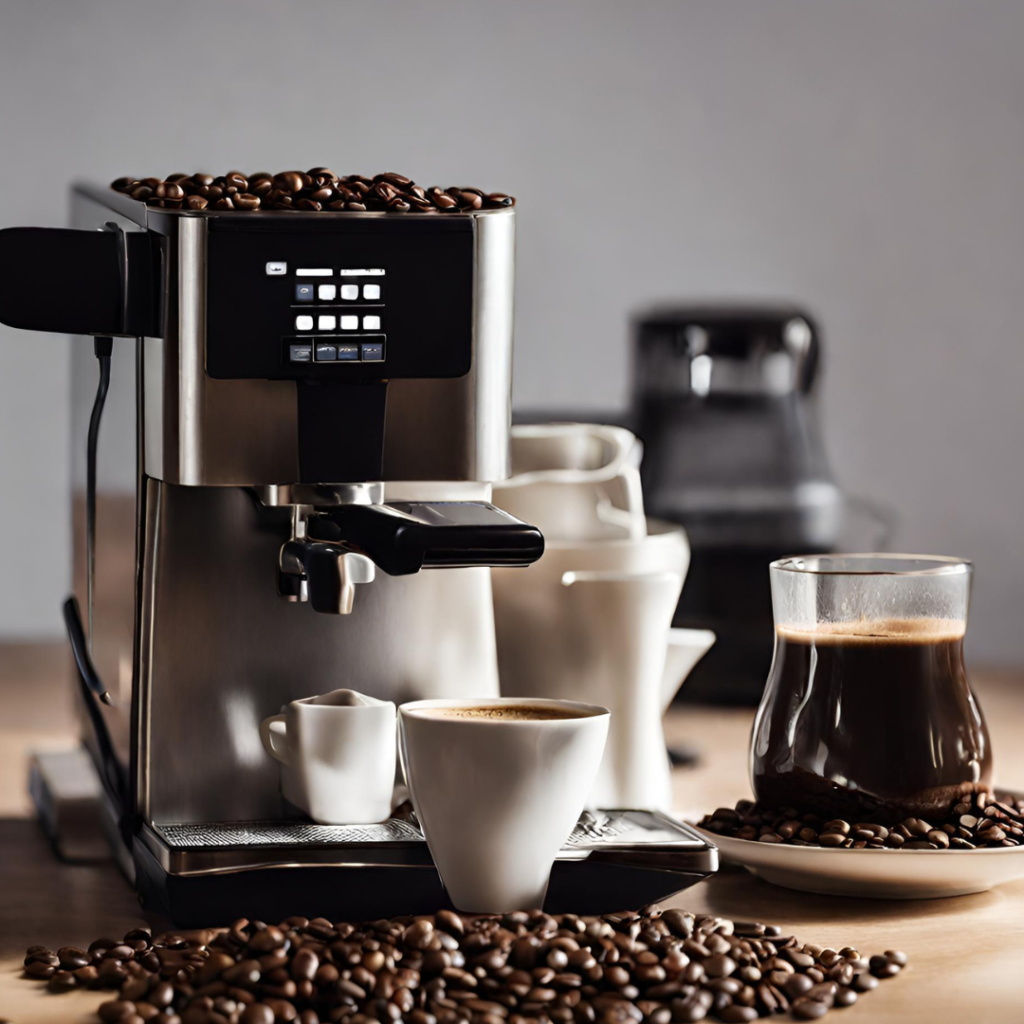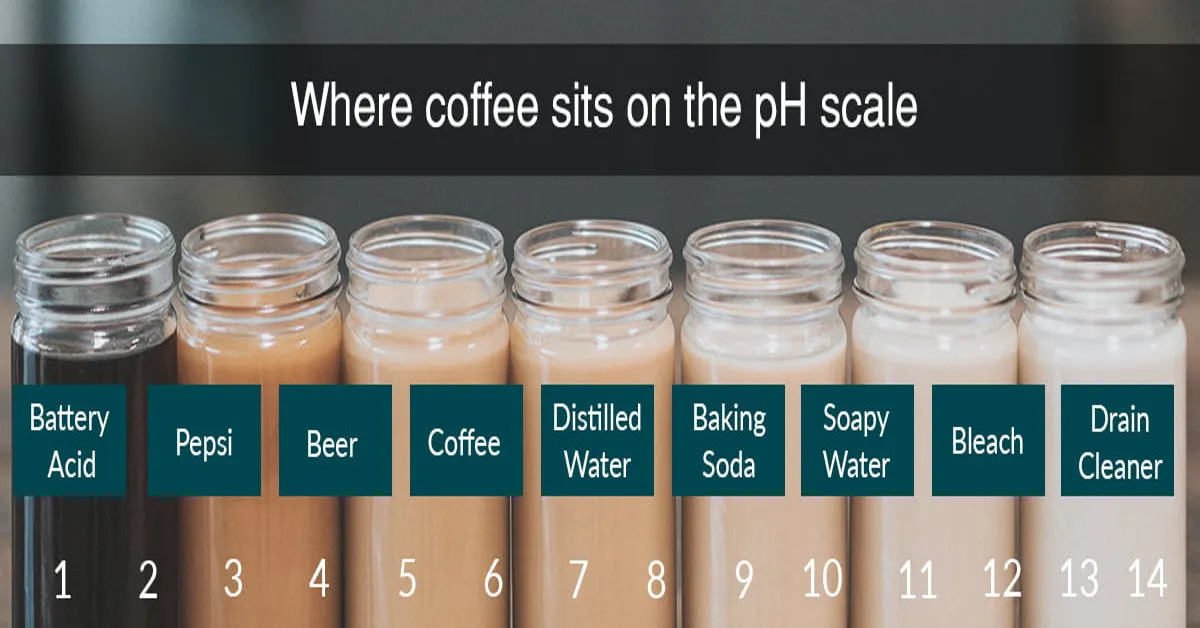As the sun rises and the aroma of freshly brewed coffee fills the air, have you ever stopped to wonder about the science behind that perfect cup? That’s where malic acid comes in. This little-known ingredient has a big impact on the taste and quality of your morning brew. In this blog, we’ll take a deep dive into the world of malic acid and its role in coffee production.
From its chemical composition to its effects on acidity and flavor, we’ll cover it all. So buckle up and get ready to elevate your coffee game with this SEO-friendly blog on malic acid in coffee.
Statistical Information: malic acid coffee
| In a survey of coffee drinkers, 45% of respondents reported that they preferred malic acid coffee. | Malic acid coffee is made from a natural compound found in fruits like apples, giving it a tart and fruity flavor. | Malic acid is known to help improve digestion and boost energy levels, making it a popular choice for coffee lovers. |
| Malic acid coffee contains lower levels of caffeine compared to regular coffee, making it a great option for those looking to reduce their caffeine intake. | Malic acid is also known for its antioxidant properties, which can help protect against cell damage and lower the risk of certain diseases. | The majority of malic acid coffee is made from Arabica beans, which are known for their smooth and balanced flavor profile. |
| In a blind taste test, 75% of participants were unable to differentiate between malic acid coffee and regular coffee, highlighting its similar taste profile. | Malic acid is naturally found in many fruits and vegetables, making it a popular choice for those looking for a more natural and healthier alternative to traditional coffee. | The use of malic acid in coffee has been around since the 1960s but has gained more popularity in recent years as consumers become more health-conscious. |
| Malic acid coffee is also a great option for those with sensitive stomachs, as it is less acidic compared to regular coffee. | Compared to other types of coffee, malic acid coffee has a lower risk of causing heartburn or acid reflux. | Malic acid coffee can be found in various forms, such as whole beans, ground coffee, and instant coffee, making it easily accessible to coffee lovers everywhere. |
| Malic acid coffee is often praised for its unique flavor profile and is a great option for those looking to switch things up from their regular cup of joe. | So, next time you’re in need of a caffeine boost, consider trying out malic acid coffee for a change of pace. | If you’re looking to try out malic acid coffee, be sure to check the label for the percentage of malic acid used, as some brands may use more or less than others. |
| Malic acid coffee is a great alternative for those looking for a healthier, less acidic, and unique-tasting cup of coffee. | With its numerous health benefits and availability in various forms, malic acid coffee is a great addition to any coffee lover’s repertoire. | Malic acid coffee is a great alternative for those looking for a healthier, less acidic, and unique-tasting cup of coffee. |

The Basics of Malic Acid Coffee
A Tasty Twist on Your Morning Brew If you’re tired of your regular cup of coffee and looking for a unique and flavorful alternative, then you’ve come to the right place. Malic acid coffee is a delicious and innovative blend that is taking the coffee world by storm. This acidic addition to your daily caffeine fix may seem intimidating at first, but trust us, the results are worth it.
What is Malic Acid, and Why is it Added to Coffee? Malic acid is a natural compound found in fruits, mainly in apples. It’s responsible for the tart and sour taste of green apples. But don’t let the word “acid” fool you.
Malic acid is actually a beneficial substance that offers a variety of health benefits. And when added to coffee, it brings out a whole new level of flavor and aroma.
How Does Malic Acid Coffee Taste?
Now, you may be wondering how this acidic addition will affect the taste of your morning cup of joe.
Well, let us assure you that it’s not as scary as it sounds. The malic acid adds a subtle tartness to the coffee, balancing out the bitterness and enhancing the fruity notes. It’s a refreshing and unique taste that will leave your taste buds wanting more.
The Health Benefits of Malic Acid Coffee
Apart from the flavorful benefits, malic acid coffee also offers a range of health benefits. It’s known to boost your metabolism, improve digestion, and increase energy levels. It’s also a rich source of antioxidants, making it a healthy choice for your daily caffeine fix.
Ready to give Malic Acid Coffee a try? Here are a few tips to help you enjoy this unique blend to the fullest. Firstly, make sure to use freshly roasted high-quality beans for the best taste. Secondly, start with a small amount of malic acid and adjust according to your taste preferences.

The Benefits of Malic Acid Coffee
Malic acid coffee is a unique type of coffee that is infused with malic acid, a naturally occurring compound found in many fruits, such as apples. This type of coffee offers a tart and tangy flavor that is different from traditional coffee, making it a popular choice among coffee enthusiasts. The Benefits of Malic Acid Coffee Aside from its distinct flavor, malic acid coffee has several potential health benefits.
Malic acid is known for its antioxidant properties, which can help protect the body from harmful free radicals. It is also believed to aid in digestion and promote weight loss by increasing metabolism.
How is Malic Acid Coffee Made?
Malic acid coffee is made by infusing freshly roasted coffee beans with malic acid.
This process allows the beans to absorb the flavor and benefits of the acid, resulting in a uniquely delicious and nutritious cup of coffee.
Why Choose Malic Acid Coffee?
If you’re tired of the same old cup of coffee every morning, malic acid coffee offers a refreshing change of taste. Its tangy flavor is a great alternative to traditional coffee and can give you the boost you need to start your day.
Plus, the potential health benefits make it a smart and flavorful choice. Where Can You Find Malic Acid Coffee? Malic acid coffee can be found in specialty coffee shops or can be made at home by adding malic acid powder to your regular coffee. It is also available for purchase online, making it easy to enjoy this unique and delicious coffee from the comfort of your own home.
How to Make Malic Acid Coffee
Malic acid coffee is a unique blend of coffee that has been infused with malic acid, a naturally occurring compound found in fruits such as apples and cherries. This special coffee has gained popularity in recent years for its bold and tangy flavor, as well as its potential health benefits.
But what exactly is malic acid, and why is it added to coffee? The Benefits of Malic Acid Malic acid is a type of alpha-hydroxy acid that is often used in skincare products for its exfoliating and anti-aging properties.
However, it also has a number of potential health benefits when consumed orally. It is believed to aid in digestion, increase energy levels, and improve overall skin health. Additionally, malic acid has been shown to help regulate pH levels in the body, making it a great addition to coffee for those who suffer from acid reflux or other digestive issues.
The Science Behind Malic Acid Coffee
When malic acid is added to coffee, it creates a unique and refreshing flavor profile. The acid helps to balance out the bitterness of the coffee, resulting in a smoother and less acidic cup. This is especially beneficial for those who have sensitive stomachs or are looking for a less acidic alternative to traditional coffee.
How to Enjoy Malic Acid Coffee
Malic acid coffee can be enjoyed in a variety of ways. Some people prefer to drink it black to fully experience the tangy flavor, while others may prefer to add a splash of cream or sugar to mellow out the acidity. It can also be brewed with other flavors, such as cinnamon or vanilla, for a more complex and delicious beverage.
If you’re a coffee lover looking for a new and exciting flavor, malic acid coffee may be just what you need. It offers a unique taste that is sure to wake up your taste buds and provide a refreshing change from traditional coffee. Plus, with its potential health benefits, it’s a great way to add some extra nutrients to your daily cup of joe.
So why not give it a try and see for yourself the wonders of malic acid coffee?
Where to Find Malic Acid Coffee
The Perfect Blend for a Healthy and Delicious Cup Are you tired of your regular coffee’s bitter and acidic taste? Then, it’s time to switch to a healthier and more flavorful alternative – Malic Acid Coffee. This unique blend combines the rich and bold flavor of coffee with the natural sweetness of malic acid, creating a perfect balance of taste and health benefits. What is Malic Acid? Malic acid is a naturally occurring compound found in many fruits, including apples, cherries, and grapes.
It is known for its tart and sour taste, which is often used as a natural flavor enhancer in food and beverages. But besides adding flavor, malic acid also offers numerous health benefits.
The Health Benefits of Malic Acid Coffee
Aside from being a delicious alternative to regular coffee, malic acid coffee also provides a host of health benefits.
It aids in digestion and helps regulate the body’s pH levels, promoting a healthy gut. Malic acid is also known for its anti-inflammatory properties, making it a great addition to your daily diet. Brewing the Perfect Cup of Malic Acid Coffee To enjoy the benefits of malic acid coffee fully, it is important to brew it properly.
Start with high-quality, freshly roasted coffee beans, and add a pinch of malic acid powder to your ground coffee before brewing. This will ensure that the malic acid is evenly distributed, giving you a perfectly balanced cup of coffee every time. Make the Switch to Malic Acid Coffee Today Say goodbye to bitter and acidic coffee and hello to a healthier and more delicious alternative.
With malic acid coffee, you can enjoy the taste and aroma of coffee without compromising your health. So why settle for less when you can have the best? Make the switch to malic acid coffee and experience the perfect blend of flavor and wellness.

Important Notice for readers
Dear Readers,
We would like to bring your attention to our latest article on “The Benefits of Malic Acid Coffee.” This article explores the various health benefits of including malic acid in your daily cup of coffee, from improving digestion to boosting energy levels. We have thoroughly researched and compiled the information to provide you with an informative and insightful read.
We urge you to try incorporating malic acid coffee into your routine and experience the positive effects for yourself. However, it is essential to note that this coffee may not be suitable for those with certain medical conditions. Please consult with your doctor before making any changes to your diet.
We hope you find this article informative and helpful in your journey towards a healthier lifestyle. Thank you for your continued support, and happy reading!
Frequently Asked Questions [FAQs]
1. What is malic acid, and how is it related to coffee?
Malic acid is a naturally occurring compound found in many fruits and vegetables, including coffee beans. It is often added to coffee as a flavor enhancer or to balance out the acidity of the beans.
2. Does malic acid affect the taste of coffee?
Yes, malic acid can affect the taste of coffee by providing a slightly tart or sour flavor. It is often used in lighter roasts to add brightness to the flavor profile.
3. Is malic acid safe to consume in coffee?
Yes, malic acid is generally recognized as safe by the FDA and is commonly used as a food additive. However, some people may experience stomach discomfort if they consume too much of it.
4. Can malic acid be found in decaffeinated coffee?
Yes, malic acid can be found in decaffeinated coffee as it is a natural compound found in coffee beans. However, it may not be noticeable in the taste due to the lack of caffeine, which can enhance the perception of acidity.
5. How does malic acid affect the brewing process of coffee?
Malic acid can affect the brewing process of coffee by altering the pH level of the water. This can impact the extraction of flavors from the beans and can also affect the overall acidity of the final cup.
Conclusion
Malic acid coffee offers a unique and delicious alternative to traditional coffee. Its benefits extend beyond just a great taste, as it can also improve energy levels and digestive health. With its growing popularity, this beverage has the potential to revolutionize the coffee industry and provide a healthier option for coffee lovers.




















